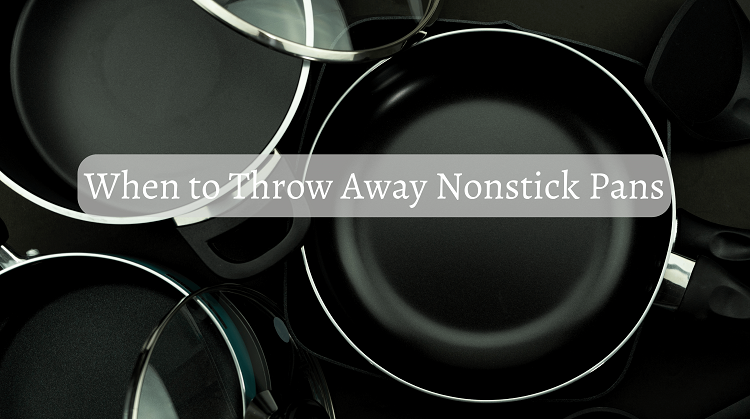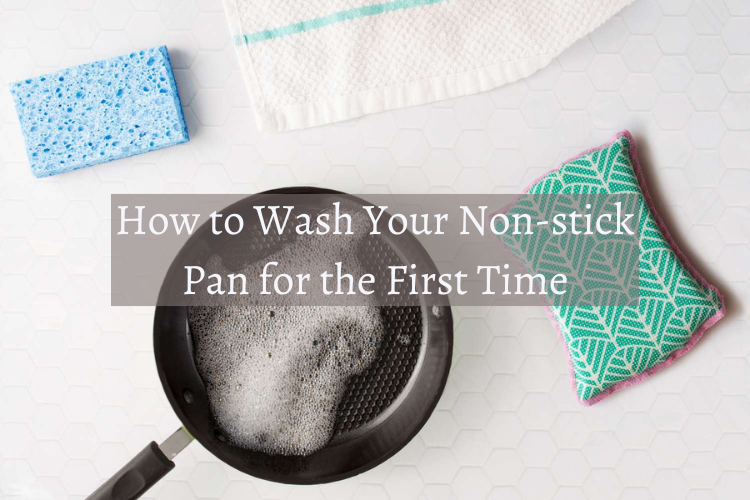When to Throw Away Nonstick Pans
When should you throw away nonstick pans? This is a question many people ask. Nonstick pans are handy in the kitchen. They make cooking and cleaning easier. But even the best nonstick pans don’t last forever. Knowing when to throw them away can help you avoid problems and keep your kitchen safe.
Signs It’s Time to Replace Your Nonstick Pan
Here are some signs that it might be time to get rid of your nonstick pan.
Peeling and Flaking
One clear sign that your nonstick pan needs to be replaced is if you see the coating peeling or flaking. This means bits of the coating are coming off. When this happens, you might find small pieces of the coating in your food. This can be both unpleasant and potentially harmful, so it’s best to get a new pan.
Scratches and Dents
If your pan has scratches or dents, it might be time to throw it away. Scratches can make the nonstick coating worse and dents can affect how well the pan cooks. A pan with these issues won’t cook food evenly and might not be safe to use. However, before you discard it, consider learning how to fix scratched nonstick pan to extend its lifespan and maintain its cooking performance.
Food Sticking
When your nonstick pan starts to make food stick, it’s a sign that the coating is wearing off. Nonstick pans are supposed to keep food from sticking, so if this isn’t happening, it’s time to think about replacing the pan.
Uneven Heating
If your pan no longer heats up evenly, it’s another reason to consider getting a new one. Uneven heating can lead to unevenly cooked food, which can be frustrating and affect the quality of your meals. Additionally, you might ask, why does my nonstick pan smell? Lingering odors can be a sign that it’s time to replace your pan, as they can negatively impact the taste of your food.
Health Risks
Old or damaged nonstick pans can release harmful chemicals, especially if the coating is damaged. To avoid potential health risks, it’s best to replace your nonstick pan if you see signs of wear and tear. You might also wonder, is it safe to use burnt nonstick pan? Evaluating this concern can help you decide whether to replace the pan or not.
How to Extend the Life of Your Nonstick Pan?
Taking care of your nonstick pan can help it last longer. Here are some tips:
Avoid High Heat
Using high heat can damage the nonstick coating. Try to cook on medium or low heat instead. This helps the pan stay in better shape for longer.
Use the Right Utensils
Metal utensils can scratch the nonstick surface. Use wooden or silicone utensils to avoid this damage. This will help keep your pan in good condition.
Clean Properly
Clean your nonstick pan with mild soap and a soft sponge. Avoid using abrasive cleaners or steel wool, as these can scratch the coating. Hand washing is usually better than using a dishwasher.
When to Buy a New Pan?
Even with the best care, nonstick pans don’t last forever. If you notice any of the signs mentioned, like peeling or food sticking, it’s a good idea to get a new pan. A new nonstick pan can help you cook better and avoid health risks.
Conclusion
Knowing when to throw away nonstick pans is important for keeping your kitchen safe and your cooking efficient. If you see signs like peeling, scratches, or food sticking, it’s time for a new pan. By taking good care of your nonstick pans, you can make them last longer and keep cooking with ease.

Hello, I’m Benny Jensen – a kitchen expert specializing in daily used utensils. With more than a decade of professional experience, I’m excited to share my expertise to make your life easier, smarter, and more comfortable. Let’s uncover the magic of well-crafted utensils together and make your time in the kitchen efficient and delightful!







